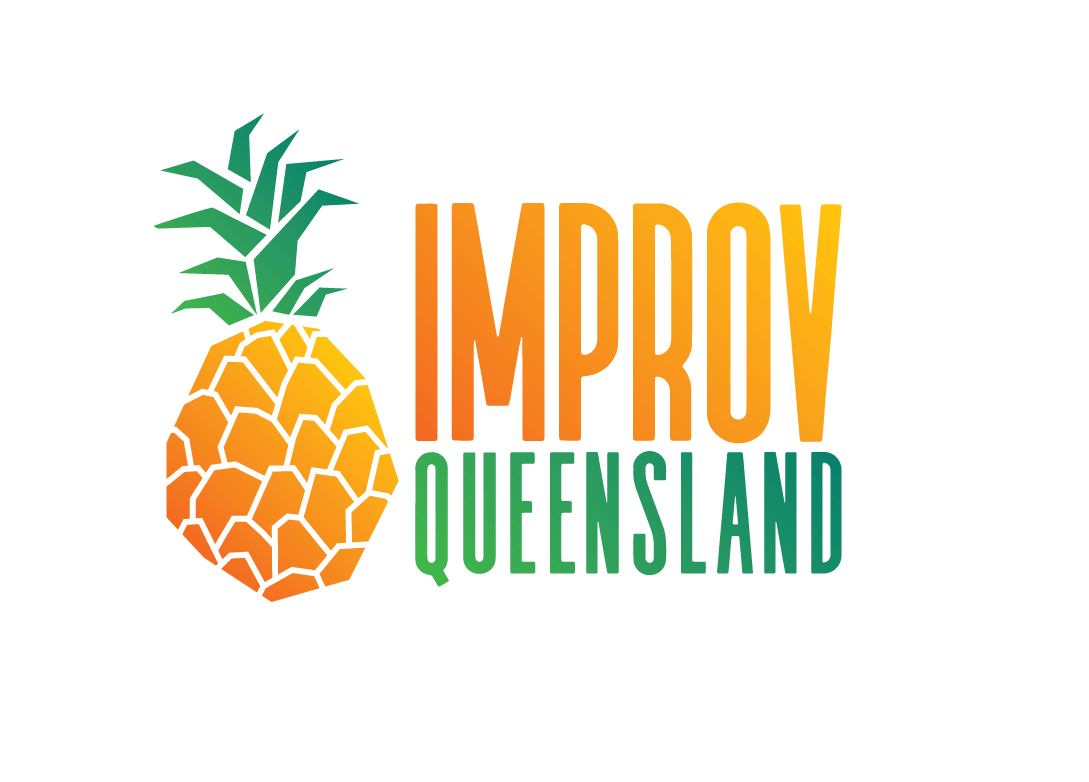The Long(form) and the Short(form) of it
Previously, we’ve given our view on the “Impro” or “Improv” debate and helpfully provided a summary of key improv personalities and terminology.
In the spirit of continuing to helpfully explain core improv concepts so that you can dazzle your friends and family with your improv knowledge, we’ve decided to present this primer on the difference between what are widely considered to be the two “types” of improv; shortform and longform.
Despite the differences in style suggested by their names, it’s not always easy to define what constitutes Shortform or (especially) Longform improv. We may not even be able to provide a definitive answer in this post, but dammit we’re going to try.
That’s right readers, things are about to get academic.
What is Shortform Anyway?
Let’s get the easiest explanation out of the way first.
The most ubiquitous example of shortform improv is the television show Whose Line Is It Anyway?
For those of you who haven’t seen Whose Line Is It Anyway?, shortform improv can be best described as the performance of short scenes or ‘games’, that often have rules imposed on the performers at the beginning of the scene to provide a ‘challenge’. For example, performers may be asked to perform a scene where they can only speak in questions, where their arms are played by another player’s arms or where a character must die at some point during the scene.
A shortform show (such as a Theatresports show) will consist of many short scenes that have no connection with each other apart from occassional call backs to previous scenes. Due to the ‘challenges’ or ‘rules’ of each scene, shortform scenes can often be quite silly - though Keith Johnstone would suggest a Theatresports show should consist of a variety of types of scenes! Audiences enjoy the playfulness that can arise and often become raucous in their support of the performers. To facilitate audience engagement, shortform shows are often structured as competitions between performers, although improv is the only true winner (per Whose Line? - the points don’t matter).
Shall we go Bigger?
In contrast to shortform, longform improvisation often involves multiple scenes which are connected together by an overarching structure or theme. There is often agreement to the scope of the show or ‘format’ prior to the staging, though these can vary in complexity.
It is not easy to distill longform improvision down to a simple definition or explanation. Thankfully for us, our Artistic Director Luke Rimmelzwaan has done the hard work for us and come up with an easy description of the format.
Longform is a non-game based theatrical improvised performance for an audience, where while each show is different it can still be identifiable as the same show due to an overarching consistency of tone, form, style or theme and where each element of the show supports that consistency.
According to Luke, the most important distinction between shortform and longform is the skill of re-incorporation. Re-incorporation is the referencing of events, ideas or characters which have previously arisen in a scene or show. This referencing is what stops scenes from being presented as a random sequence of events and allows the building of rich worlds and stories.
Does Size Matter?
Many improvisers often prefer either shortform or longform and can sometimes passionately argue the virtues of their preferred style. We at Improv QLD see the virtues of both, which is why you’ll find us performing shortform Theatresports at the Brisbane Comedy Festival one month while crafting a longform romantasy epic the next. For us, in improv, like in life, size doesn’t matter (or so we’re told).

